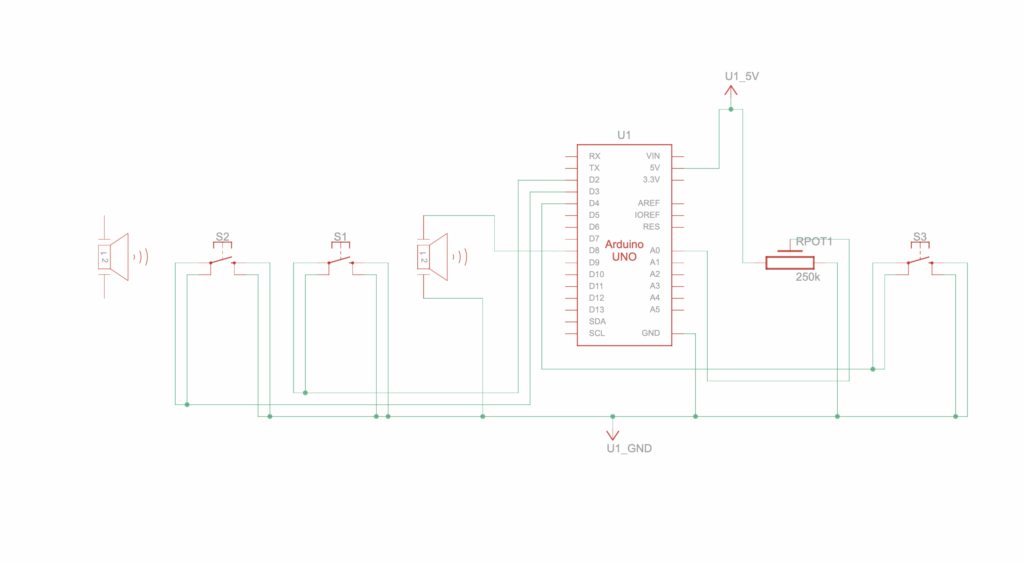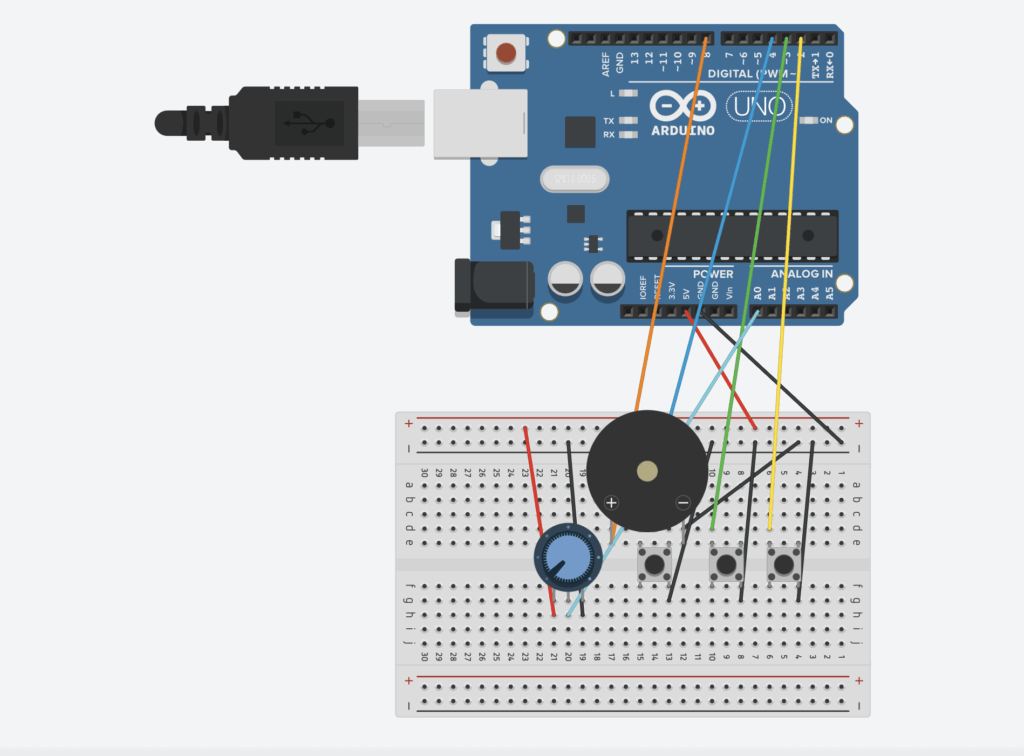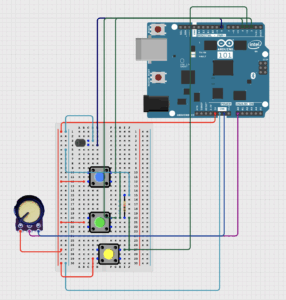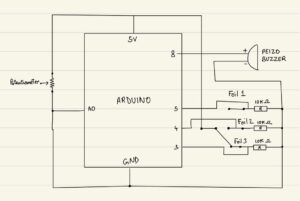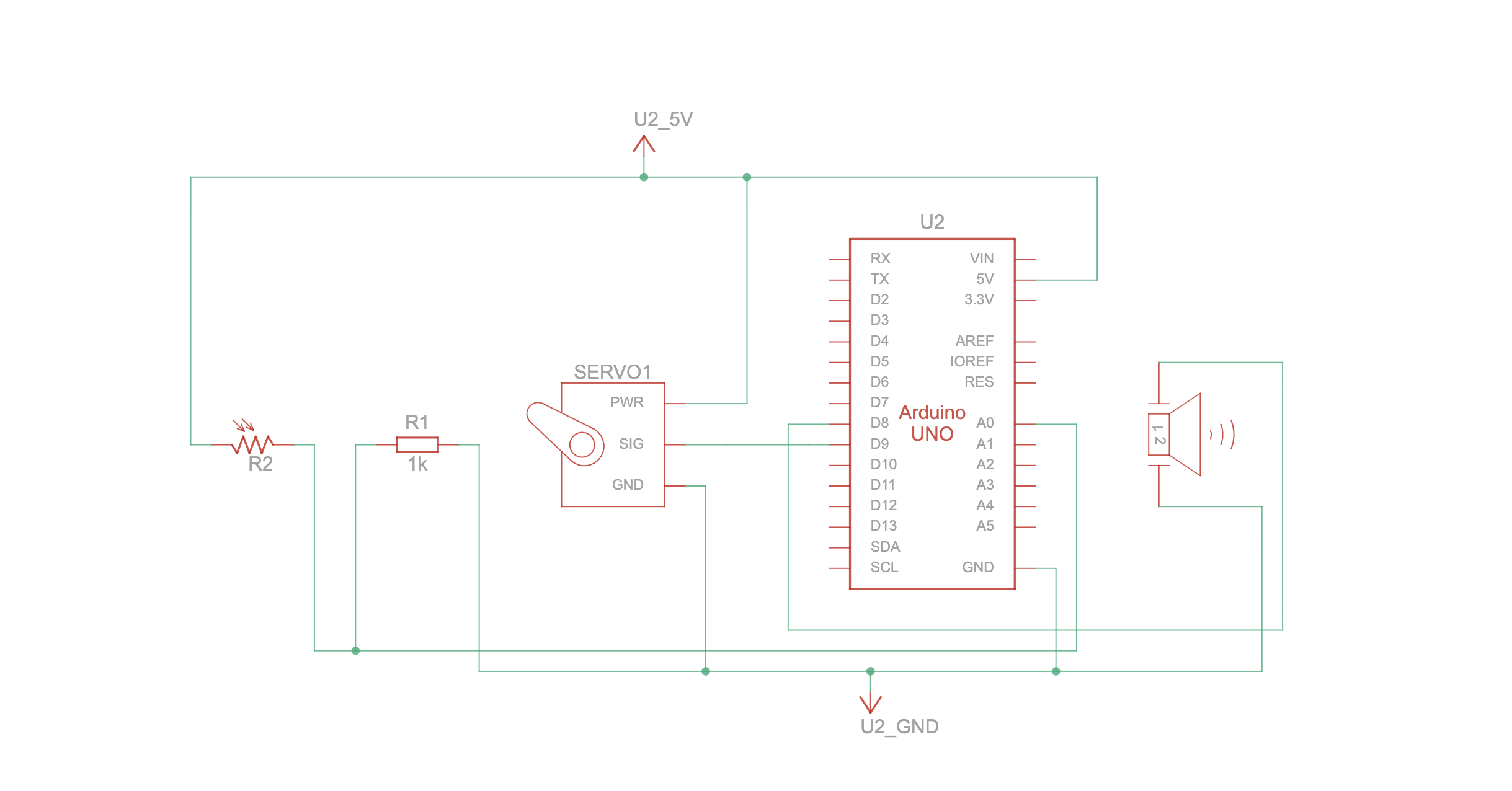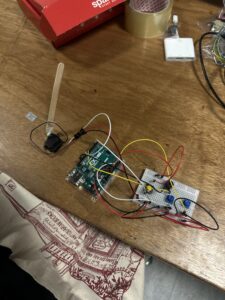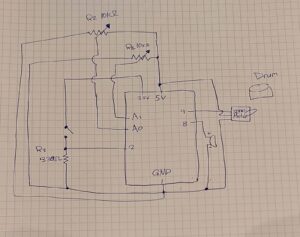Bret Victor’s A Brief Rant on the Future of Interaction Design argues that most futuristic designs, like touchscreens and “smart” glass devices, aren’t really futuristic. They still limit how humans can use their bodies. He points out that we interact with the world using our hands, senses, and movement, yet technology reduces all that to swiping and tapping. He calls this “Pictures Under Glass,” where we just touch flat screens instead of truly feeling or manipulating things.
In the follow-up, Victor explains that he wasn’t trying to give solutions but to spark awareness. He doesn’t hate touchscreens, he just wants people to imagine beyond them. He warns that if we keep improving only on what already exists, like adding small features to tablets, we’ll miss the chance to design something that fully connects with our physical abilities. True interaction design, he says, should use our hands’ full potential, our sense of touch, and our natural way of exploring and learning through movement.
What stood out to me most is how Victor connects design to human capability. It made me realize how much of what we call “interaction” today actually leaves our bodies out. I immediately thought about how different it feels to press a real piano key or strike a drum versus tapping a flat screen. When I play piano, I’m not just using my fingers, I’m using my arms, posture, timing, and even breath. There’s weight, resistance, and texture. You feel the sound before you even hear it. That’s something a touchscreen can’t replicate. It’s the same in sports, when you shoot a basketball, your body memorizes the angle, force, and balance, your muscles learn the rhythm. Victor’s idea reminded me that our body is a part of thinking and learning, not separate from it.
I also really liked how he said that tools should amplify human ability, not narrow it. Imagine if technology worked like that, instead of us adapting to it, it adapts to how we move and feel. A “future” instrument, for example, could let you physically mold sound with your hands, or a learning app could respond to your gestures, rhythm, or even posture, not just clicks. Victor’s message isn’t just about design, it’s about reimagining creativity, learning, and expression in a more human way. It’s like he’s saying, the real future of technology isn’t in shinier screens, it’s in rediscovering how alive and capable we already are.



